You’re in a Zoom meeting. Your boss says, “The C-suite wants this done by Friday.”
You nod confidently—but secretly wonder, “Who’s the ‘C-suite’? A fancy room? A person?”
Here’s the truth:
Metonymy isn’t grammar trivia. It’s a powerful move to communicate faster, sharper, and with more authority.
And once you see it, you’ll spot it everywhere—from boardrooms to TikTok captions.
Metonymy isn’t about showing off.
It’s about communicating with precision—and leaving the “Wait, what does that mean?” moments to everyone else.
So in this blog, you’ll learn the true meaning of metonymy, how it works with everyday examples in your life.
What Is Metonymy?
You’re scrolling Twitter and see, “The White House announced new climate policies.”
Wait—since when do buildings talk? They don’t. That’s metonymy—the art of swapping words to make language faster, sharper, and clear.
Let’s first understand the definition.
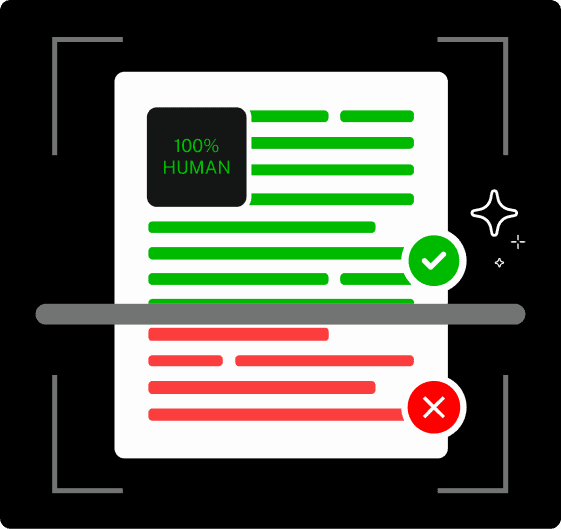
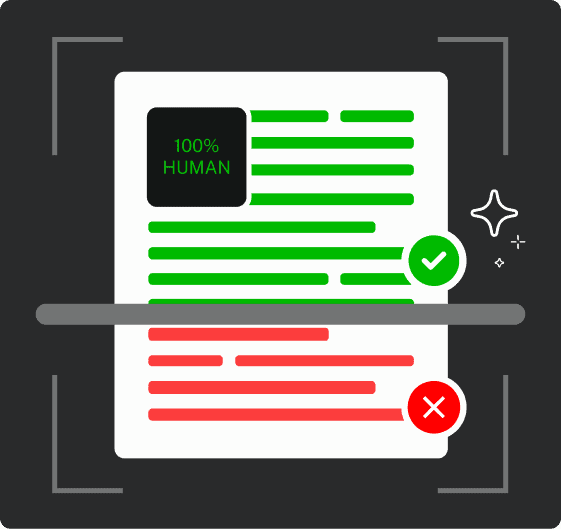
Never Worry About AI Detecting Your Texts Again. Undetectable AI Can Help You:
- Make your AI assisted writing appear human-like.
- Bypass all major AI detection tools with just one click.
- Use AI safely and confidently in school and work.
Metonymy (meh-TON-uh-mee) replaces a word with something closely linked to it. Think of it like a nickname for ideas:
- “Hollywood” = the entire film industry (not just a LA neighborhood)
- “The Crown” = the British monarchy (not a shiny hat)
It’s not random. The connection has to make sense. For example:
- “Suits” for corporate executives (because they wear them)
- “The press” for journalists (old printing presses → modern media)
And here’s the reason why your brain loves metonymy.
It’s a shortcut.
Saying “Silicon Valley is innovating” is faster than “Tech companies in Northern California are innovating.” Your brain fills in the gap, like autocomplete for conversation.
How Metonymy Works in Language
It’s a quick simple formula you need to understand when it comes to metonymy.
Metonymy involves making such a strong connection between two related concepts that your brain automatically completes the relationship. It’s not arbitrary.
The connection must be clear or cultural.
Example:
- “The pen is mightier than the sword.”
- Pen = ideas/writing
- Sword = violence
Your brain craves efficiency. Metonymy cuts syllables like a budget airline:
- “Hollywood is obsessed with reboots” → You know it’s about studios, not the zip code.
- “Big Tech is watching” → You feel the creep of data tracking, not true giants.
It’s why headlines use “The White House” (location → government) instead of “The President’s administration.”
Faster to read, easier to remember.
And you might be wondering why it’s better than a thesaurus?
Metonymy isn’t just complicated words—it’s strategic clarity. Compare:
- “The crown made a decision” → Intrigue, history, weight.
- “The king made a decision” → Basic. Forgettable.
One paints a scene. The other states a fact.
Everyday Examples of Metonymy
You’re late to work. Your partner yells, “Don’t forget your keys!” But they’re not just talking about keys—they mean your car.
That’s metonymy hiding in plain sight.
Let’s take a look at some of the everyday examples of metonymy we use in our lives.
1. “Let Me Google That”
- Metonymy: Google (a company) → search the internet
- Why it works: You’re not literally asking Google’s HQ to do anything. But “Google it” is faster than “Use a search engine.”
Your brain shortcut: Brands become actions. “Uber there” (Uber = ride), “Venmo me” (Venmo = payment).
2. “The Crown Announced a New Law”
- Metonymy: The Crown (object) → monarchy/government
- Why it works: The crown symbolizes royal power. Saying “The Crown” adds weight and history—like you’re in a Netflix drama.
Real-life example: When your boss says, “The corner office wants this done,” they’re not talking about a room. They mean the CEO.
3. “Hollywood Is Out of Ideas”
- Metonymy: Hollywood (place) → film industry
- Why it works: You’re not dissing a Los Angeles neighborhood. You’re roasting every studio rebooting Fast & Furious for the 12th time.
Spot it here:
- News: “Wall Street reacts to inflation” (Wall Street = investors).
- Sports: “The pitch is furious today” (pitch = soccer game).
4. “The White House Is Scandal-Free This Week”
- Metonymy: White House (building) → U.S. president/staff
- Why it works: Buildings represent people. “Downing Street” = UK PM. “The Kremlin” = Russian leadership.
Casual version:
“The group chat is mad at you” (chat = people in it).
5. “I’m Loyal to the Cream”
- Metonymy: Cream (product) → Starbucks
- Why it works: Fans use products to rep brands. “I need my swoosh” (Nike shoes), “Grab a Venti” (Starbucks size).
Metonymy is everywhere: politics, ads, memes, even your mom’s “Wash the dishes!” (dishes = kitchen chores).
The more you notice it, the smarter your communication gets.
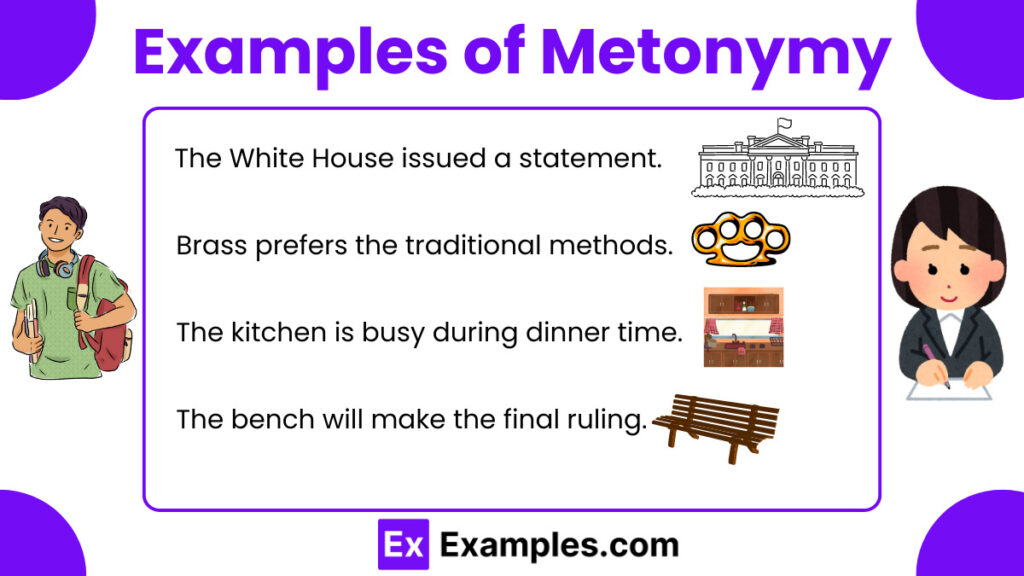
Metonymy vs. Metaphor vs. Synecdoche
You’re watching a movie. A detective growls, “The suits are breathing down my neck.” Your friend whispers, “Is that a metaphor?” You hesitate. “Or synecdoche?”
Cue the awkward silence.
These three terms sound like pretentious grammar jargon, but they’re secret weapons for sharp communication.
Let’s break them down—with zero Shakespearean fluff.
1. Metonymy:
What it does: Swaps a word for something closely related.
How it works: The link is logical, not literal.
- “The White House announced…” → White House = U.S. president
- “Hollywood is out of ideas” → Hollywood = film industry
Key phrase: “Related to, not resembling.”
2. Metaphor:
What it does: Compares two unrelated things for dramatic effect.
How it works: It’s imaginary, not logical.
- “Time is a thief.” → Time ≠ actual burglar
- “Her smile is sunshine.” → Smile ≠ a star
Key phrase: “It’s like this, but it’s not.”
3. Synecdoche:
What it does: Uses a piece of something to represent the whole (or vice versa).
How it works: It’s literal, not abstract.
- “All hands on deck” → Hands = sailors
- “Check out my new wheels” → Wheels = car
Key phrase: “A slice of the pie.”
But why do you need to confuse them?
Let’s have a quick real life test.
- Metaphor = Imagination (“Life is a highway”).
- Synecdoche = Math (Part ÷ Whole).
- Metonymy = Logic (Linked concepts).
Real Life Examples:
- “The pen is mightier than the sword” → Metonymy (Pen = ideas; sword = force).
- “His words were daggers” → Metaphor (Words ≠ actual knives).
- “Nice threads!” → Synecdoche (Threads = clothes).
Master these, and you’ll decode everything from political speeches (“The Oval Office”) to rap lyrics (“New whip” = car).
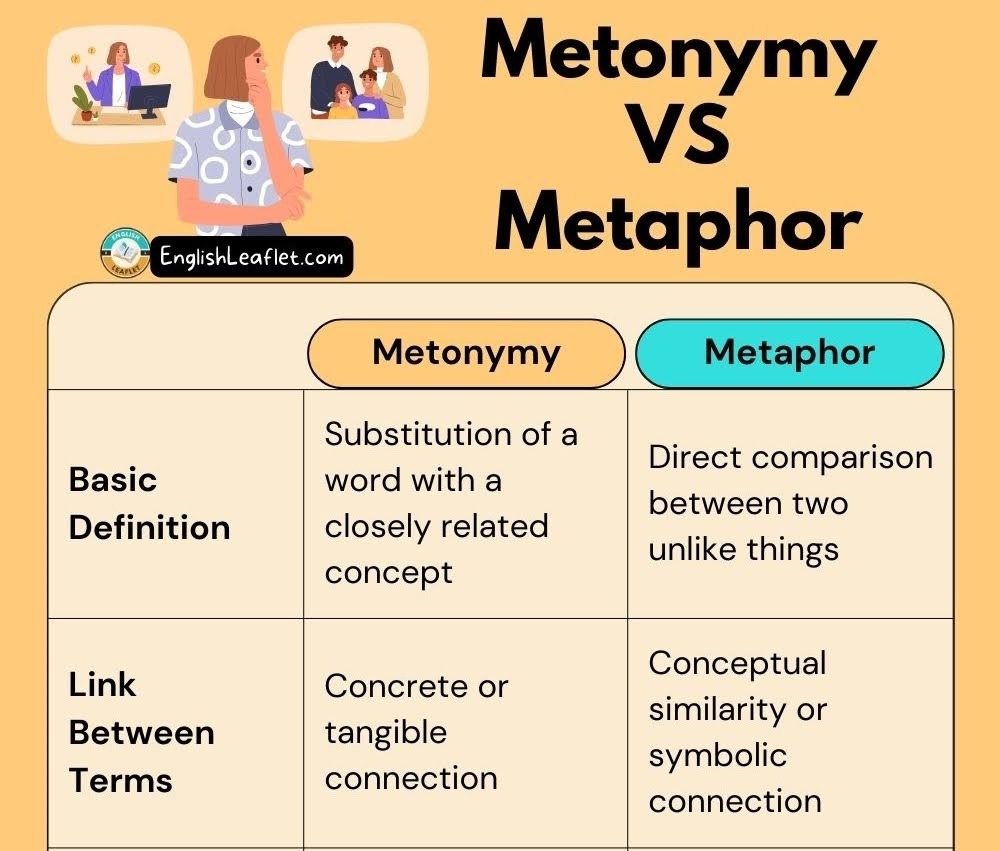
Why Writers Use Metonymy
Writers don’t use metonymy to sound fancy. They use it to hack your brain. Here’s why—and how you can too:
1 – Metonymy cuts filler words like a scalpel.
- Without: “The executives in the finance industry are panicking.”
- With: “Wall Street is panicking.”
Wall Street isn’t just a street—it’s shorthand for banks, traders, and money drama.
You save syllables and still sound smarter.
2. It Makes Abstract Ideas Relatable.
Writers use metonymy to ground big concepts in tangible things.
- Without: “Corporate greed harms workers.”
- With: “The boardroom harms the assembly line.”
Now you’re picturing CEOs vs. factory workers.
3. It Adds Subtext.
Metonymy whispers ideas instead of shouting them.
With: “She’s chasing the brass” → Brass = military promotions.
Metonymy in Literature
Let’s break down how metonymy shapes literature (and how you can spot it in your favorite books).
Metonymy replaces a word with something closely linked to it. Writers use it to:
- Ditch explanations: “The crown will fall” (crown = monarchy).
- Add layers: “The pen fought the sword” (pen = ideas; sword = violence).
- Make you feel smarter: You decode the link, like solving a mini-puzzle.
Classic Examples (That You’ve Probably Missed)
1. Shakespeare’s Power Plays
In Julius Caesar, Mark Antony says:
“Friends, Romans, countrymen, lend me your ears.”
- Metonymy: Ears = attention.
- Why it works: It’s vivid, humble, and manipulative—just like Antony.
2. Jane Austen’s Social Jabs
In Pride and Prejudice:
“A single man in possession of a good fortune must be in want of a wife.”
- Metonymy: Fortune = wealth/status.
- Why it works: It reduces marriage plots to cold transactions. Savage, Jane.
3. Orwell’s Warnings
In 1984:
“The Party demands absolute loyalty.”
- Metonymy: Party = totalitarian regime.
- Why it works: “Party” sounds fun… until you realize it’s Big Brother.
4. Harry Potter’s Worldbuilding
J.K. Rowling writes:
“The Ministry is watching.”
- Metonymy: Ministry = the government.
- Why it works: You instantly grasp the threat—no need for a lore dump.
5. The Hunger Games’ Subtle Rebellion
Suzanne Collins uses:
“The Capitol loves a good show.”
- Metonymy: Capitol = oppressive rulers.
- Why it works: It turns a place into a villain.
You might be wondering why writers are obsessed with metonymy even in literature?
Here are the few reasons:
Brevity: It packs big ideas into small phrases.
Instead of long explanations, writers use words that click instantly—like saying “Hollywood” for fame.
Vividness: Metonymy turns bland concepts into images that grab you. It’s why “the screen addicts him” feels creepier than “he’s glued to his phone.”
Cultural shorthand: It uses what everyone knows.
Words like “Wall Street” or “the crown” become quick symbols for big ideas like greed or power. No lectures needed—readers just get it.
Metonymy in Pop Culture & Media
You’re watching House of Cards, and Frank Underwood growls, “The White House is nervous.” No, the building isn’t sweating—he means the president’s team.
Let’s decode how pop culture uses this trick to hook you—and why you’ve probably tweeted metonymy without even knowing.
1. Music: Perfect Storytelling
- Taylor Swift’s “Band-Aids” don’t fix bullet holes.
→ Band-Aids = quick fixes in relationships. - Beyoncé’s “Crown” (“I’m a crown… I’m a queen”)
→ Crown = power, legacy, and Black excellence.
Why it works: Makes lyrics feel universal. You don’t need a royal title to get it.
2. Social Media: The Ultimate Inside Joke
- “The algorithm is feeding me cat videos again”
→ Algorithm = faceless tech overlords. - “Reddit thinks pineapple belongs on pizza”
→ Reddit = millions of anonymous (and opinionated) users.
Why it works: Turns abstract tech into a relatable villain or friend.
3. Ads & Brands: Selling You Feelings, Not Products
- “Just Do It” (Nike)
→ It = greatness, ambition, sweat-drenched glory. - “Think Different” (Apple)
→ Different = rebellion, creativity, Steve Jobs’ smirk.
Why it works: You’re not buying shoes or phones—you’re buying an identity.
Next time you binge Netflix or scroll Instagram, play a game: Spot the metonymy.
You’ll realize writers, brands, and even your meme-loving cousin are all in on this language hack.
How AI Tools Can Help You Master Figurative Language
Figurative language—like metaphors, similes, and personification—can make your writing more powerful.
But sometimes, understanding or using them can feel tricky.
That’s where our AI tools step in to make things easier.
AI Chat Tool:
Need help understanding a metaphor or simile? Just ask! AI Chat can break it down instantly with examples.

This tool can automatically weave in literary devices, making your essays more expressive and engaging—without you having to try too hard.
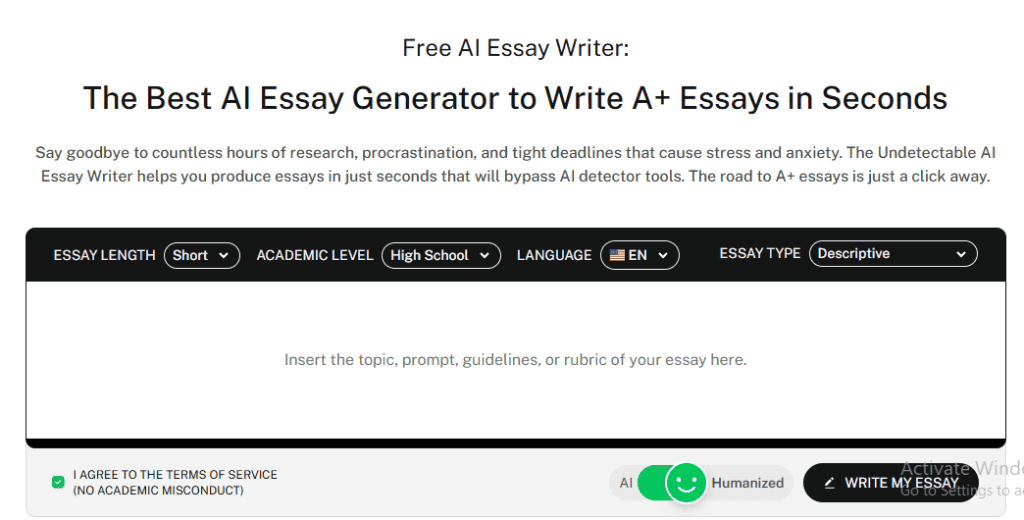
Paraphrasing tool:
Struggling with complex figurative language? Paraphrasing tool can simplify metaphors or rewrite them for better clarity, so your message is always clear.
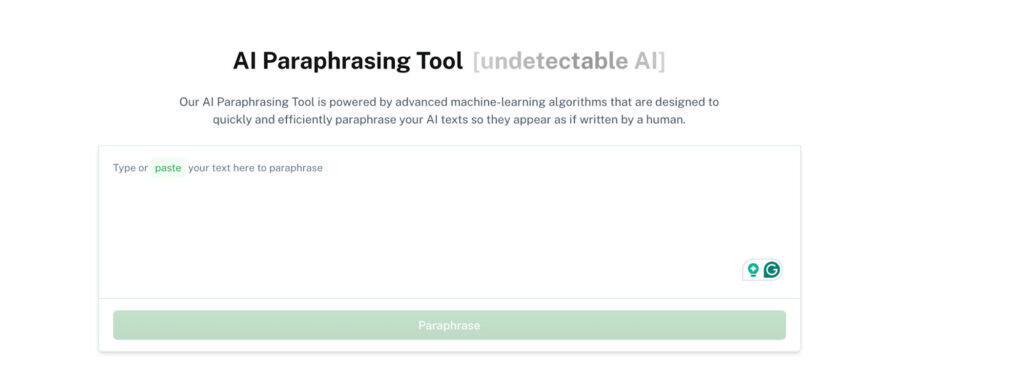
Make sure to also explore our AI Detector and Humanizer in the widget below!
FAQs About Metonymy
Is metonymy used in everyday language?
Yes, constantly. Ever say “I’ll Google it” (Google = search)? Or complain “The comments are toxic” (comments = people)? That’s metonymy.
What’s the difference between metonymy and slang?
Here’s the key difference between metonymy and slang.
Metonymy relies on association; slang is cultural shorthand. “Riding the L” (Chicago train) = metonymy. “This vibe is sus” = slang.
Can a single word be both metaphor and metonymy?
Rarely, but yes—it’s all about context.
“She has a heart of stone” → Metaphor (comparison).
“Heart of the city” → Metonymy (downtown area)
Conclusion
Let’s be honest:
You don’t need to love grammar to sound sharp.
Metonymy, metaphors, and synecdoche aren’t dusty rules—they’re power tools for clearer, punchier communication.
Metonymy turns bland statements into stories, emails into intrigue, and small talk into smart talk.
Now go edit that boring sentence.
Swapping “tech companies” with “Silicon Valley,” “my boss” with “the corner office,” sounds interesting?
The world’s your literary canvas. Now go graffiti it.
Let Undetectable AI help polish your writing while keeping it undetectable.
